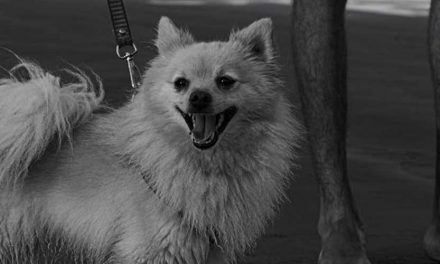The West Highland White Terrier, affectionately known as the “Westie,” is a small yet sturdy breed hailing from Scotland.
Renowned for its cheerful personality and striking white coat, the Westie has garnered popularity as a beloved family pet.
In this article, we’ll explore the breed’s history, temperament, care requirements, and why they make such wonderful companions.
History and Origins
The West Highland White Terrier’s lineage can be traced back to the early 1700s in the Scottish Highlands.
Originally bred for hunting small game such as rats and rabbits, they were valued for their tenacity and intelligence.
The breed was developed from a variety of terriers, particularly the Cairn Terrier, and was later standardized in the early 20th century.
Their distinctive white coat was intended to differentiate them from the game they hunted, preventing accidental shootings by hunters.
Physical Appearance
The Westie is characterized by its compact build, weighing between 15 to 20 pounds and standing about 10 to 11 inches tall at the shoulder.
Their fluffy, double coat is a standout feature; the outer coat is coarse while the undercoat is soft and dense, providing insulation against the weather.
Regular grooming is essential to maintain their signature look and prevent matting.
Their dark, expressive eyes and pointed ears contribute to their charming appearance, making them quite endearing.
Temperament
Westies are known for their spirited and friendly disposition.
They are confident, alert, and remarkably intelligent, often displaying a playful demeanor that resonates with families and individuals alike.
Their social nature means they generally get along well with children and other pets, although they can exhibit a feisty attitude towards larger dogs.
Training and socialization from an early age are crucial, as they can develop stubborn streaks if not properly guided.
Health and Care
While the West Highland White Terrier is generally a healthy breed, they can be prone to certain health issues, such as skin conditions and hip dysplasia.
Regular veterinary check-ups are essential to catch any potential health problems early.
Grooming is another critical aspect of Westie care.
Their coats require frequent brushing to remove loose hair and prevent tangles.
Bathing should be done as needed, but be cautious not to over-bathe, as this can strip essential oils from their skin.
Exercise is vital for Westies to keep them healthy and prevent boredom.
Daily walks, playtime, and mental stimulation through games and training are all excellent ways to keep them engaged.
Why They Make Great Pets
West Highland White Terriers have much to offer as companions.
Their charming, outgoing personalities bring joy to families and individuals alike.
They are known to be affectionate and loyal to their owners, often forming strong bonds.
Their moderate size makes them suitable for various living situations, including apartments and larger homes.
Moreover, Westies are versatile in their activities.
They enjoy outdoor adventures, like hiking and playing fetch, but are equally content lounging at home.
Their vibrant energy and playful nature ensure there’s never a dull moment when they’re around.
Conclusion
The West Highland White Terrier is more than just a pretty face; they are spirited, loyal, and intelligent companions that bring happiness to countless households.
With proper care, training, and love, a Westie can be a cherished member of the family for years to come.
Whether you’re an active individual or a busy family, this delightful breed is sure to fit into your life, providing companionship and joy every step of the way.












